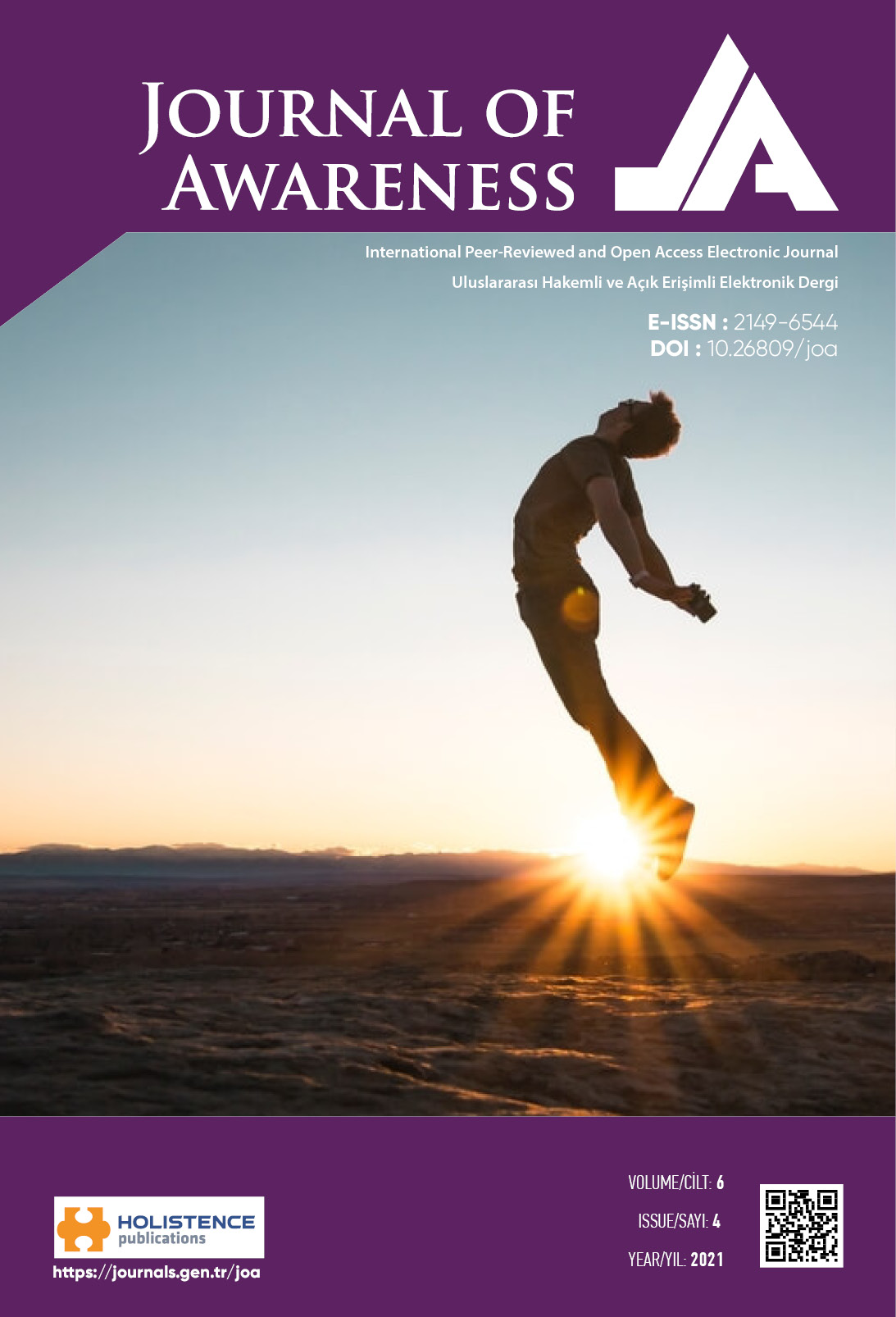Associations between biometric characteristics and occupational safety and health
DOI:
https://doi.org/10.26809/joa.6.4.04Keywords:
Occupational, Safety, Health, Mental work, Hazards, Biometric CharacteristicsAbstract
Any job comes with different occupational hazards. Office-bounded positions had become pervasive over the past years. Moreover, the pandemic crisis experienced in 2020 shifted these jobs to a home office, generating unexpected hazards. The case study presented below collected primary data from 409 university employees through biometric screenings and analyzed it using descriptive and inferential statistics. Chi-square tests established statistically significant associations between type of occupation and characteristics such as gender, body mass index, blood and urine sample laboratory results, and age. Logistic regression determined two significant factors that contribute to occupational diagnosis (gender and physical exam results). In addition, the study identified clinical problems and pathologies related to mental work. These results were pivotal for identifying specific work hazards such as obesity, musculoskeletal disorders, eye problems, and metabolic diseases and how they affect health and safety in the workplace.
Downloads
References
ALLI, B. O. (2008) Fundamental principles of occupational health and safety, Vasa. doi: 10.1017/CBO9781107415324.004.
CCOHS (2016) Fit to Work : OSH Answers, Canadian Centre for Occupational Health and Safety. Available at: https://www.ccohs.ca/oshanswers/psychosocial/fit_to_work.html (Accessed: 11 November 2019).
CDC (2018) Workplace Health Glossary, Center for Disease Contral and Prevention: Workplace Health Promotion. Available at: https://www.cdc.gov/workplacehealthpromotion/tools-resources/glossary/glossary.html.
EU-OSHA (2017) Work-related accidents and injuries cost EU €476 billion a year according to new global estimates [1] Work-related accidents and injuries cost EU €476 billion a year according to new global estimates. Singapore. Available at: https://osha.europa.eu/en/about-eu-osha/press-room/eu-osha-presents-new-figures- (Accessed: 19 July 2021).
FISHER, G. G. et al. (2014) ‘Mental work demands, retirement, and longitudinal trajectories of cognitive functioning’, Journal of Occupational Health Psychology. Educational Publishing Foundation, 19(2), pp. 231–242. doi: 10.1037/a0035724.
FOGARTY, P. et al. (2020) Coronavirus: How the world of work may change forever?, BBC: Worklife. Available at: https://www.bbc.com/worklife/article/20201109-coronavirus-how-cities-travel-and-family-life-will-change (Accessed: 13 January 2021).
GILBERT, G. E. & PRION, S. (2016) ‘Making Sense of Methods and Measurement: The Chi-Square Test’, Clinical Simulation in Nursing. International Nursing Association for Clinical Simulation and Learning, 12(5), pp. 145–146. doi: 10.1016/j.ecns.2015.12.013.
ILO (2021) World Statistic: The enormous burden of poor working conditions, International Labour Organization. Available at: https://www.ilo.org/moscow/areas-of-work/occupational-safety-and-health/WCMS_249278/lang--en/index.htm (Accessed: 19 July 2021).
NSC (2019) Work Injury Costs - Injury Facts, National Safety Council. Available at: https://injuryfacts.nsc.org/work/costs/work-injury-costs/ (Accessed: 19 July 2021).
Risk Assessment : OSH Answers (no date). Available at: https://www.ccohs.ca/oshanswers/hsprograms/risk_assessment.html (Accessed: 9 December 2019).
ROUTLEY, N. (2020) Coronavirus: Is working from home working? , World Economic Forum. Available at: https://www.weforum.org/agenda/2020/06/coronavirus-covid19-remote-working-office-employees-employers (Accessed: 13 January 2021).
SHAW, G. (2021) Occupational Hazards: An Overview, WebMD. Available at: https://www.webmd.com/a-to-z-guides/occupational-hazards (Accessed: 20 July 2021).
Downloads
Published
How to Cite
Issue
Section
License
Copyright (c) 2021 Holistence Publications

This work is licensed under a Creative Commons Attribution 4.0 International License.
When the article is accepted for publication in the Journal of Awareness, authors transfer all copyright in the article to the Rating Academy Ar-Ge Yazılım Yayıncılık Eğitim Danışmanlık ve Organizasyon Ticaret Ltd. Şti.The authors reserve all proprietary right other than copyright, such as patent rights.
Everyone who is listed as an author in this article should have made a substantial, direct, intellectual contribution to the work and should take public responsibility for it.
This paper contains works that have not previously published or not under consideration for publication in other journals.











